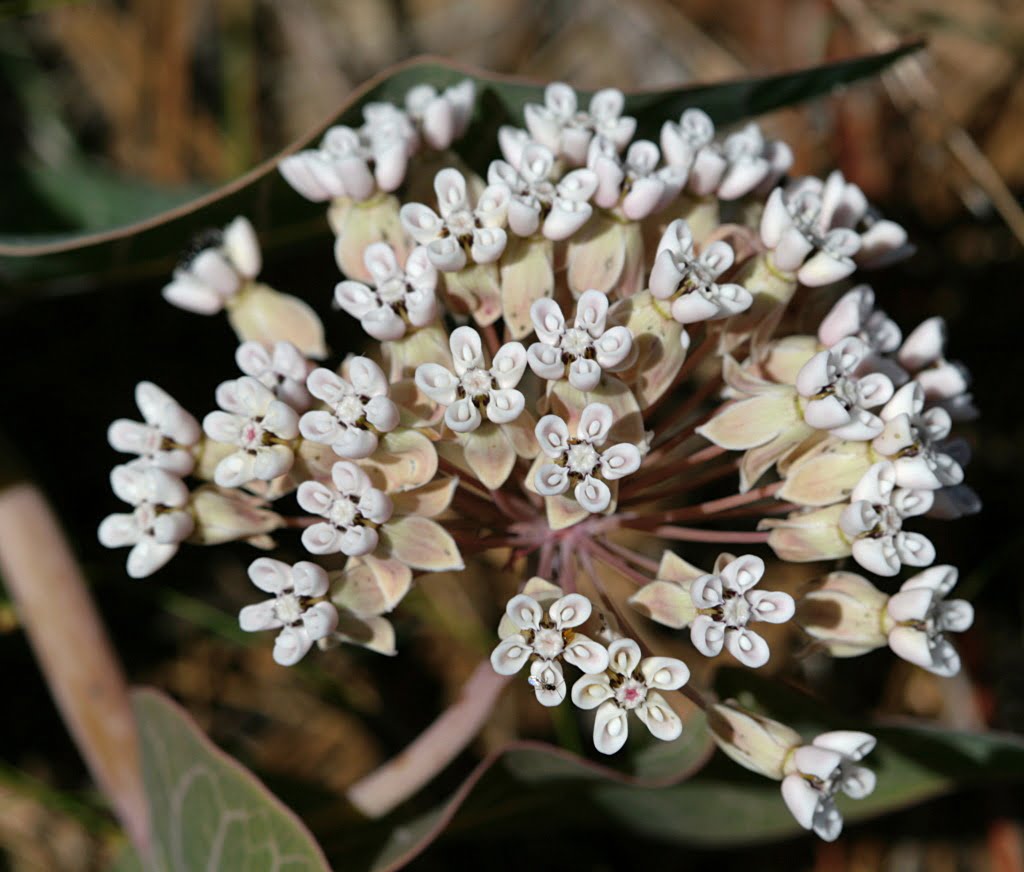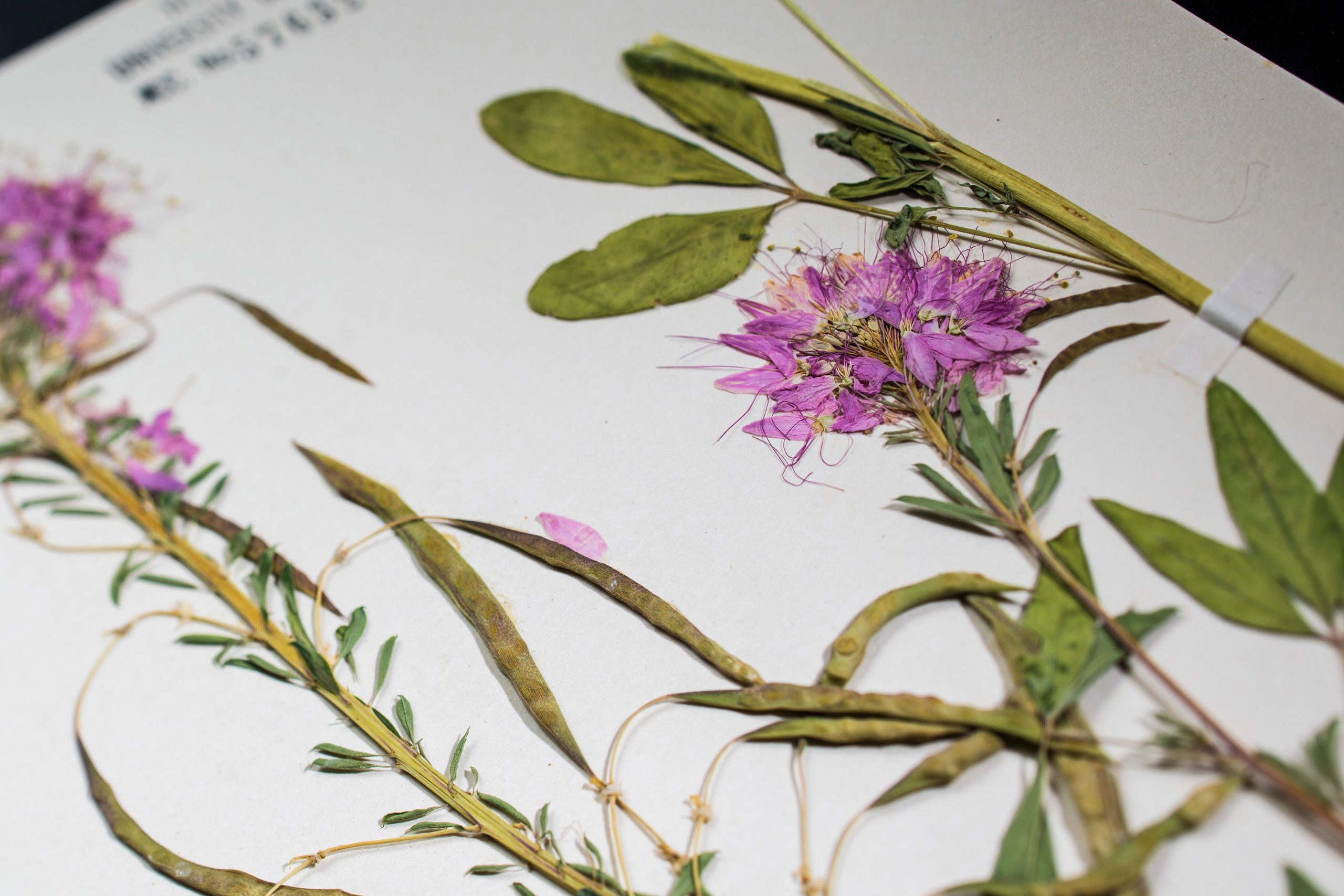An herbarium is a collection of preserved plant specimens that are used for scientific study and reference. While herbaria primarily consist of dried plant samples, they can still be a valuable resource for identifying milkweed or any other plant species. Here’s how an herbarium can help you identify milkweed:
- Specimen Comparison: An herbarium typically contains a wide variety of plant specimens, including different species of milkweed. By comparing your unknown plant specimen with the dried specimens in the herbarium, you can look for similarities in leaf shape, flower structure, and other characteristics that are indicative of milkweed.
- Botanical Descriptions: Herbarium specimens often come with detailed botanical descriptions, including information about the plant’s habitat, growth habits, leaf arrangement, flower color, and other relevant features. By reading these descriptions, you can learn more about the key characteristics of milkweed and compare them with your plant specimen.
- Expert Consultation: Herbaria are often maintained by botanical experts and researchers who have extensive knowledge about plant identification. If you’re having difficulty identifying your plant specimen, you can consult with these experts and provide them with images or descriptions of your plant. They can use their expertise and the resources of the herbarium to assist you in identifying whether it is milkweed or not.
- Historical Information: Herbarium collections often have historical records associated with the plant specimens. These records can provide information about the geographic distribution of milkweed and its variations across different regions. By studying these records, you can gain insights into the occurrence and diversity of milkweed species, which can be helpful for identification purposes.
- Supporting Materials: Some herbarium collections include additional supporting materials, such as photographs, field notes, and ecological data associated with the plant specimens. These materials can provide further context and aid in the identification process by giving you a better understanding of the plant’s natural environment and growth patterns.
When utilizing an herbarium for identifying milkweed or any other plant, it is important to have a basic understanding of plant morphology and botanical terminology. Additionally, if you have access to a local herbarium, it can be beneficial to visit in person to examine the specimens closely and seek guidance from the experts.

20 Florida-Native Sandhill Milkweed Seeds Ascslepias Humistrata Pinewood Milkweed
With Johnny Butterflyseed’s Sandhill Milkweed seeds, you’re not just planting flowers; you’re cultivating a living mosaic of nature’s marvels. Florida Native.
